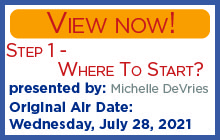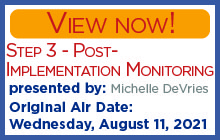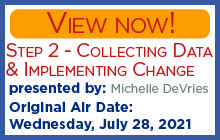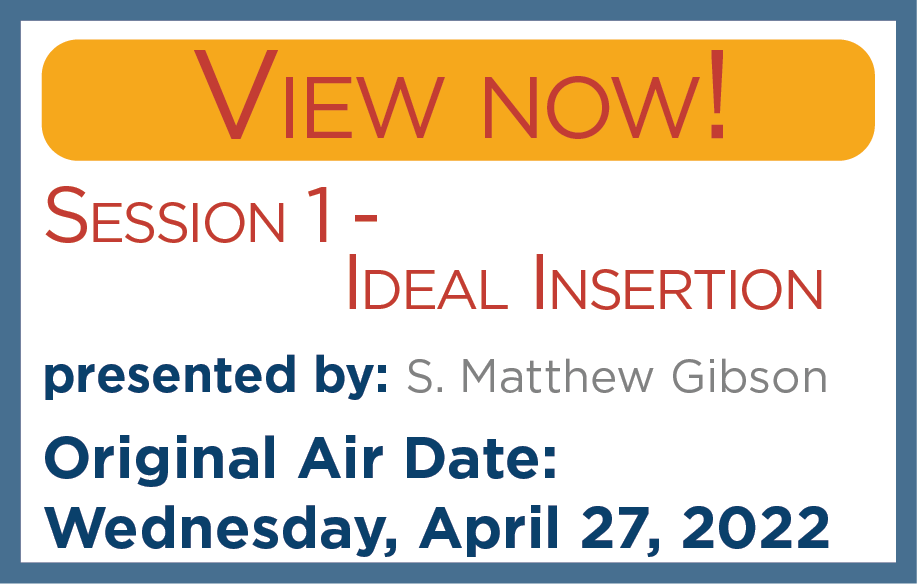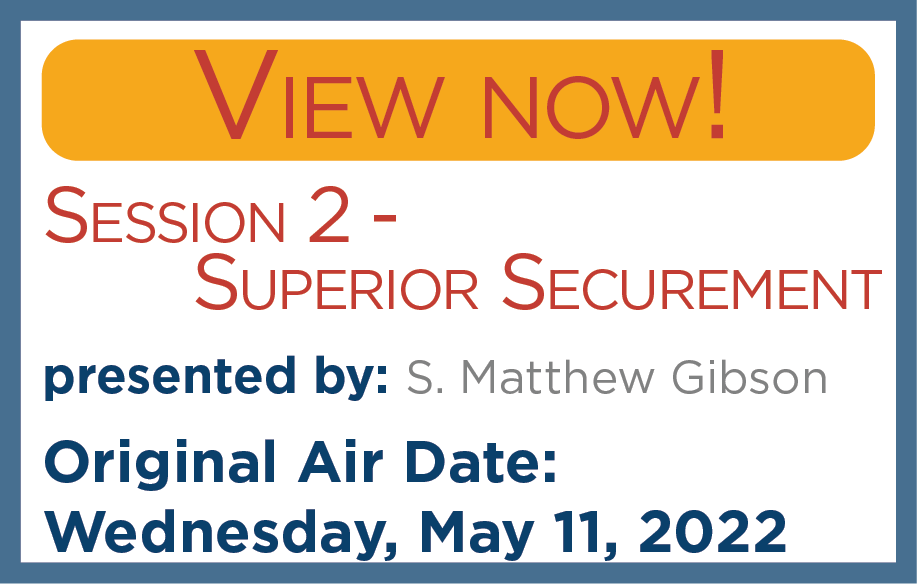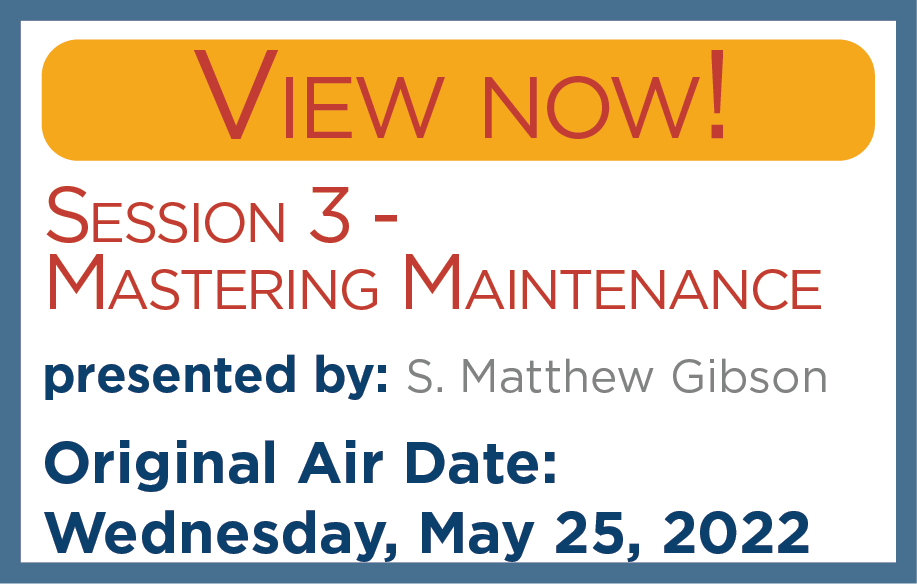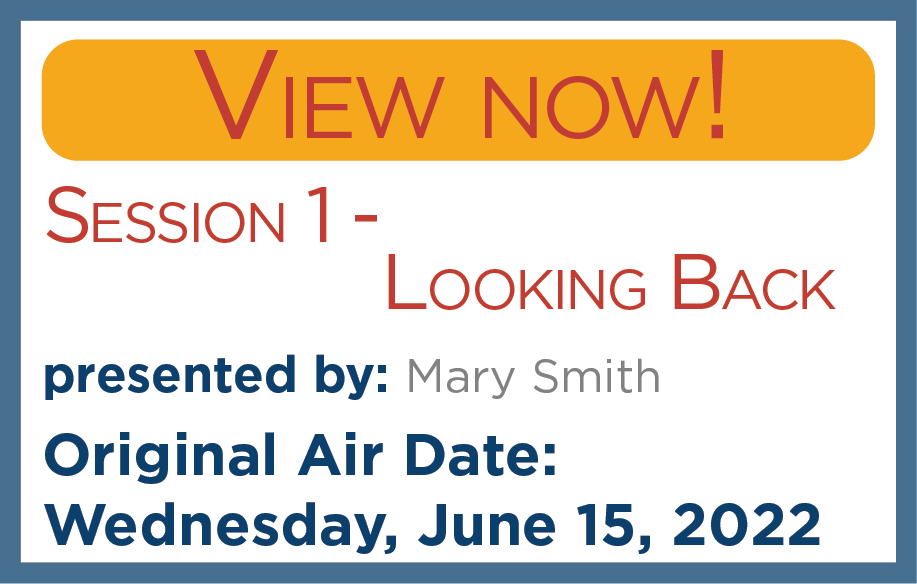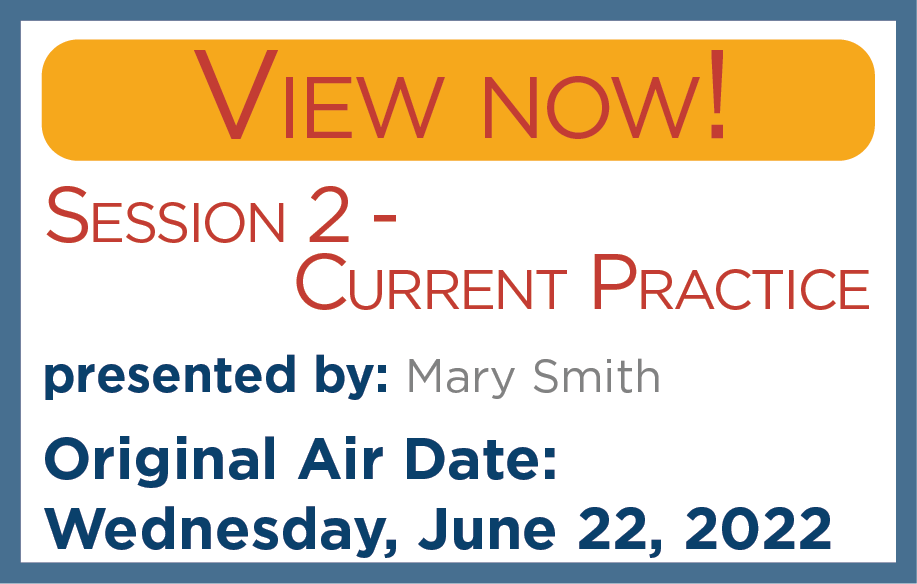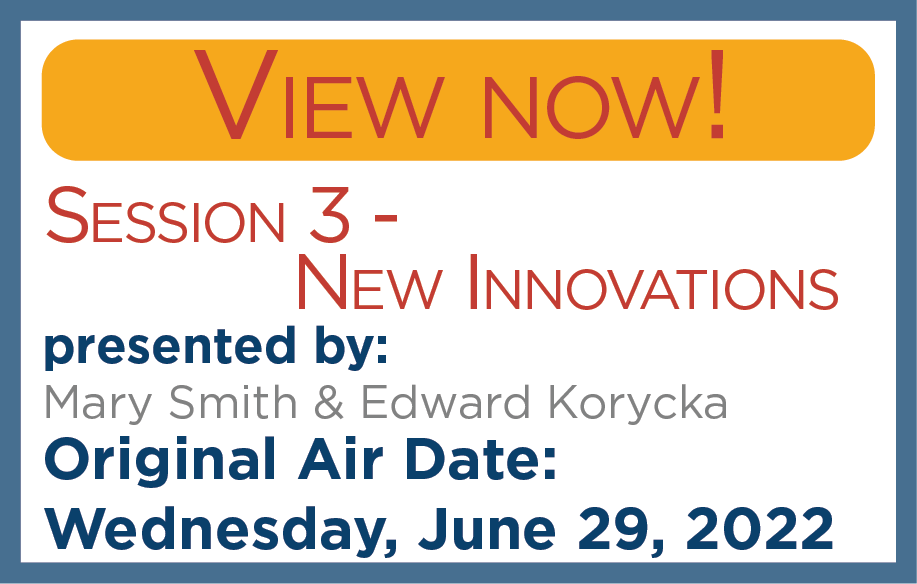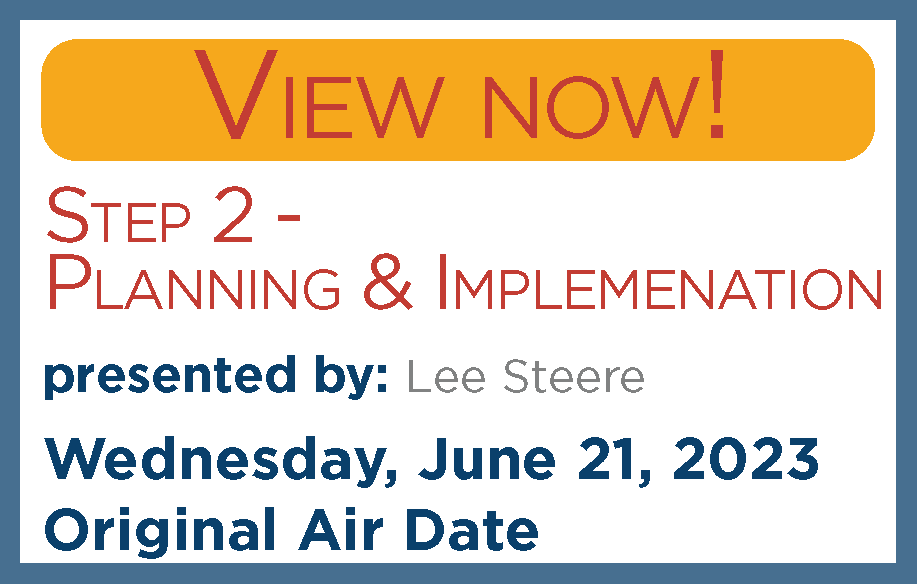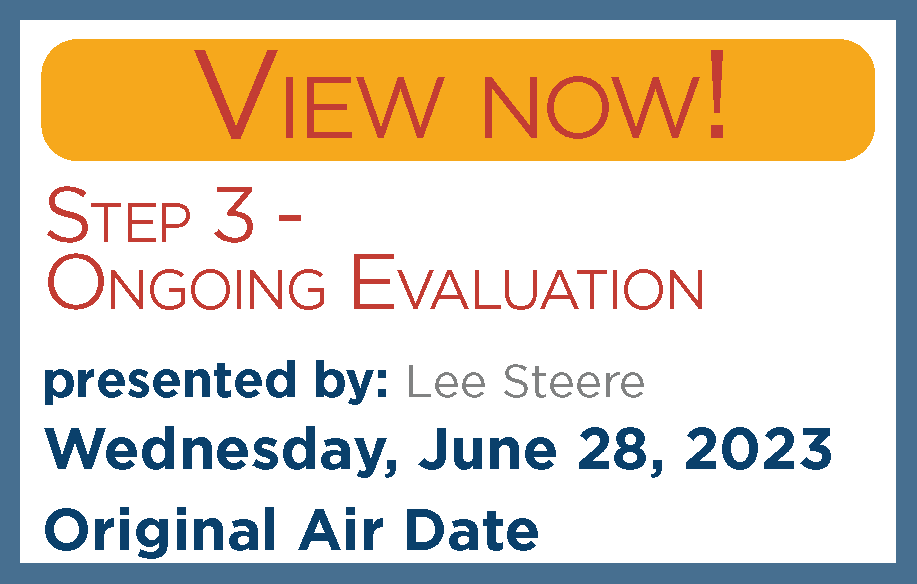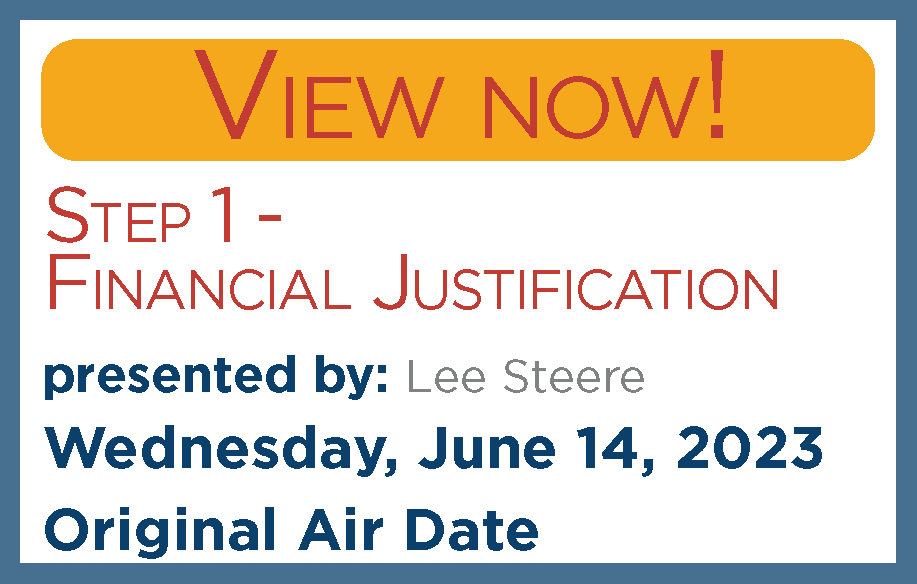Getting started is the hardest part! Establishing clear goals and objectives, roles to invite, tools, resources, scheduling considerations and more are addressed in this brief presentation.
Routine observation will highlight trends and uncover issues. However, often such issues are at the intersection of several different products. What then? An example of a pilot trial and successful intervention are discussed.
'One and done' is not a pathway to lasting change. This presentation will discuss why routine monitoring is important to ensure sustained results. Strategies on how to complete this efficiently will be discussed.


Our Wednesday Workshops were designed to give you quick, actionable tips from industry experts to help you to improve outcomes in your facility. Register for any single event or a full series as it suits your needs or schedule.
Our Recent Series
Program Description
Nearly all hospitalized patients can expect to receive an IV catheter during their hospital stay. It has been well-documented that IV failures and complications remain unacceptably high. Observation through bedside rounding is an effective strategy to highlight issues that improve patient outcomes and reduce costs.
One large, urban community hospital has been successful in bringing together unit-based staff, nursing leadership, nursing professional development, clinical nurse specialists, infection prevention, as well as industry partners - the Jamboree team - all with the shared goal of improving vascular access outcomes through routine monthly rounding. This series will break this process down into 3 short presentations with actionable take-aways.
Our Past Series

Program Description
Vascular Access is the most prevalent invasive medical procedure. It can have serious, even fatal consequences. Improving practice and patient outcomes is possible. These quick, 20-minute presentations will give you evidence-based actionable tips and resources to take back to your facility.
Site selection, vein selection, device selection… oh my! We will review key VAD insertion considerations to ensure secure and reliable venous access.
Device dislodgements are unacceptably high. If you are not sufficiently paying attention to three points of securement - at the site, the dressing, and the tubing – the device is not sufficiently secure.
The goal of VAD care and maintenance is to reduce the risk of complications and preserve the device function for the duration of therapy. Catheter site care recommendations, include dressing changes and flushing practices will be discussed.

Program Description
Midlines catheters are an appropriate venous access option for patients expecting prolonged IV therapy, as well as those with challenging vascular anatomy due to age or medical history. Considered a multi-faceted device, midlines offer the potential for reduced complication rates versus other vascular access devices. While not entirely new, dynamics in healthcare have fueled a recent resurgence in their utilization. This series will review the history, current practice and new innovations in midline catheter technology.
Looking Back will dive into the history and evolution of midline catheters, including the indications for use, cautions, risks and ways to reduce complication rates.
Current Practice will review dwell times & clinically-indicated device removal, site & size selection, insertion techniques & tip location. The standards & recommendations will also be discussed, including the MAGIC guidelines & the importance of targeted education & surveillance strategies.
New Innovations will take a closer look at new technology that helps to reduce the risk of complications such as catheter occlusion & thrombosis events. Mary will chat with Edward Korycka, RN for additional insights about the future of midline catheters!
Program Description
Growing a Vascular Access Specialty Team (VAST) can provide numerous benefits to healthcare organizations, including improved patient outcomes and staff satisfaction. These quick, 20-minute presentations will help you justify and implement a VAST, with actionable tips and resources to take back to your facility.
In order to gain approval to implement a VAST, it is essential to demonstrate its financial value to your organization. We reviewed areas to show value, understand the financial implications of wasted resources and help you calculate the costs with and without a VAST. Access Cost Calculator
Once you have approval to create a VAST in your facility, it can feel overwhelming knowing where to begin. Lee will share his experience and best practices to help you find solutions to eliminate waste and stay on budget, determine your team size and keep everyone in sync.
The goal is not just to implement a VAST but to continue to evolve with your facility’s changing needs so you can provide long-term value and quality care for your patients. We will discuss common areas of improvement and options for additional ways you can show the value of a VAST.
